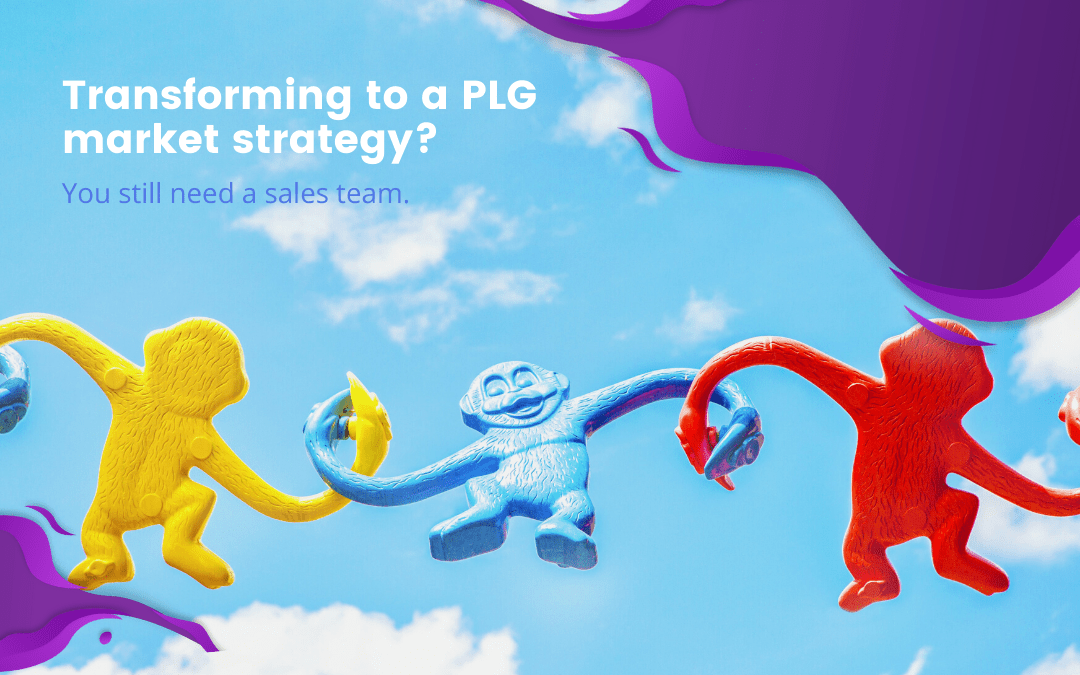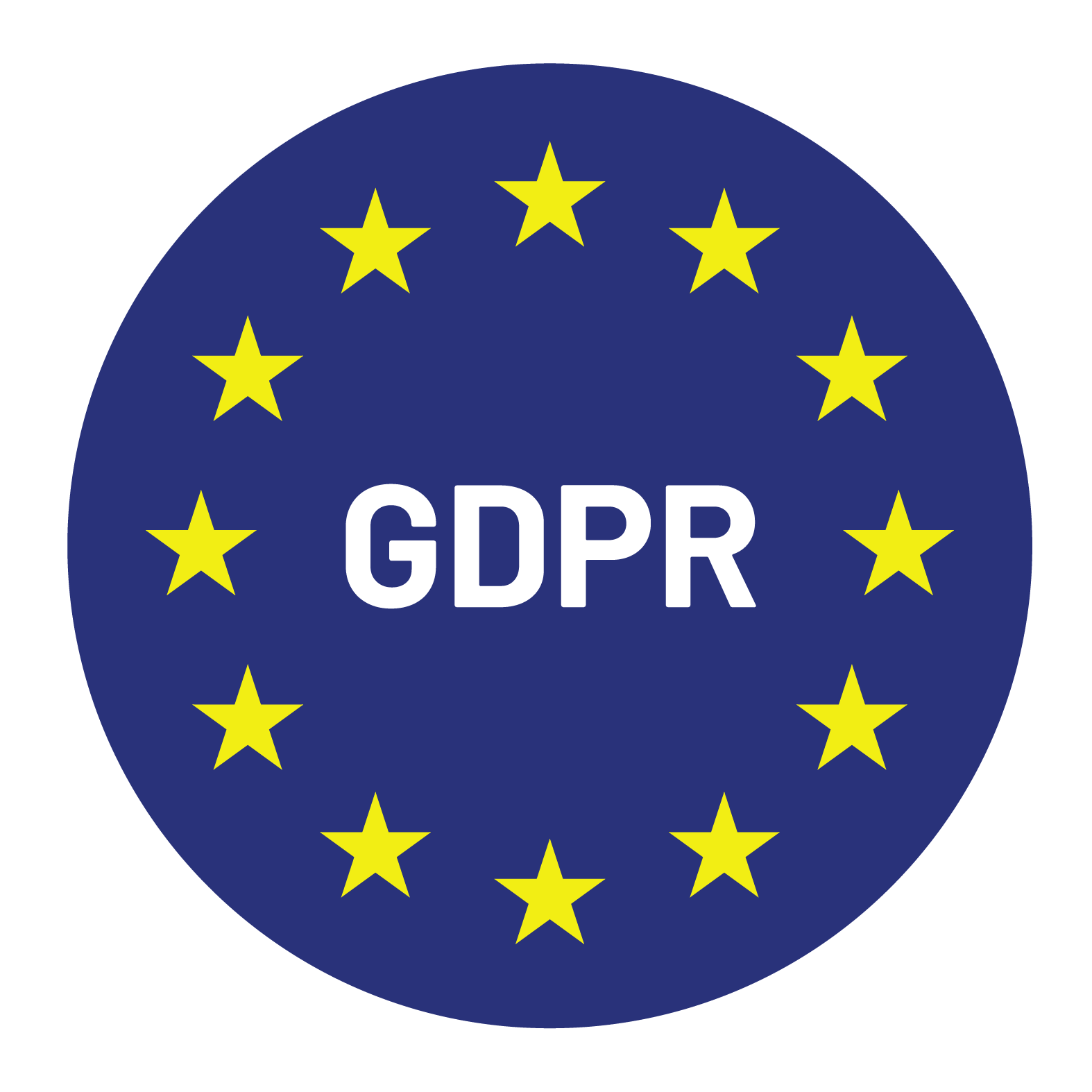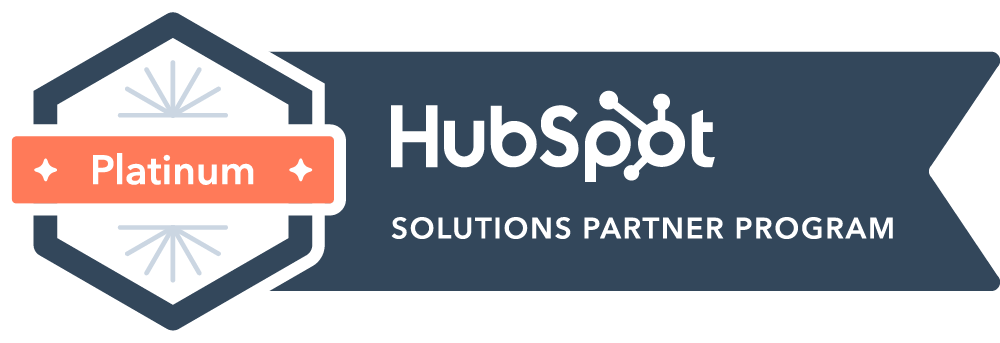

Founder and CEO of Whistle, with over 10 years of selling technology to hundreds of SMB and Enterprize companies across multiple sectors.
Product-led growth (PLG) is a business strategy that focuses on delivering value through the product itself, allowing users to experience its benefits before making a purchase decision. In this approach, the product acts as the primary driver of customer acquisition and revenue growth. While PLG primarily relies on user experience and product communication, the role of a sales team is still crucial in operationalizing product-qualified leads (PQLs).
Sales teams in a product-led growth strategy play a pivotal role in converting freemium and free trial leads into paying customers. They understand the needs and pain points of prospective customers and guide them through the onboarding process, showcasing the value and additional features of the paid version.
Every product-led growth company eventually needs a sales team to accelerate growth and move upmarket. Initially, these companies focus on providing value through their products to attract customers. The product itself acts as the primary driver of customer acquisition and revenue growth. However, as the company scales and expands its customer base, a sales team becomes necessary.
The role of a sales team in a product-led growth strategy is crucial in converting users into paying customers. While the product may provide a great user experience and value, a sales team can actively engage with users, understand their specific needs, and showcase the benefits of the paid version. This personalized approach significantly increases the conversion rate and drives revenue.
Moreover, a sales team plays a vital role in driving revenue through expansion and retention. They can identify opportunities for upselling and cross-selling, ensuring that customers fully utilize the product and uncover its maximum value. Additionally, by building relationships with customers, sales teams can address concerns and offer support, resulting in higher customer satisfaction and loyalty.
By leveraging their expertise in sales and customer engagement, sales teams can effectively convert PQLs into paying customers. This includes engaging with users, addressing their specific needs, and demonstrating the value of the paid version.
In a product-led growth company, the sales team usually consists of different roles, each with specific responsibilities.
Sales Development Representative (SDR): They focus on reaching out to potential customers, identifying if they are a good fit for the product. SDRs play a crucial role in segmentation and ICP matching, ensuring that the sales efforts are directed towards the most promising leads.
Account Executive (AE): AEs provide product demos, answer questions, and negotiate deals with prospective customers. They utilize the product adoption data to tailor their conversations and highlight the value proposition that aligns with the customer’s usage patterns.
Customer Success Manager (CSM): They work closely with the sales team to onboard and support new customers, helping them derive value from the product and maximizing their experience. CSMs leverage customer feedback and user behavior data to understand customer needs and identify upsell opportunities.
In a product-led growth company, there are specific strategies used for growth:
Utilizing Product Adoption Data for Sales Outreach: Product adoption data plays a key role in informing sales outreach strategies. By analyzing user behavior and usage patterns, the sales team can identify which customers are more likely to convert and target them with personalized messaging and offers. This data provides valuable insights into the customer journey, enabling the sales team to effectively engage with potential customers.
Product-Qualified Leads (PQLs) as a Sales Strategy: Product-qualified leads (PQLs) are potential customers who have already demonstrated a certain level of interest or engagement with the product. By identifying and prioritizing PQLs, the sales team can focus their efforts on leads that are more likely to convert into paying customers. Examples of companies successfully using PQLs as a sales strategy include Slack and Dropbox.
The Importance of the Sandler Selling System: This system emphasizes a consultative selling approach, focusing on building trust, understanding customer pain points, and aligning the product’s value proposition with the customer’s specific needs. The Sandler Selling System helps sales teams effectively communicate the value of the product and increase conversion rates.
Timing and relevance are crucial when using prompts to engage customers and enhance their product experience. By delivering prompts at the right moment and tailoring them to the user’s needs, companies can effectively capture their attention and drive engagement.
One way prompts can be used is to gate premium features and upsell additional pro features. For instance, when users reach a certain point in the product where they require advanced capabilities, a prompt can be triggered, offering them the opportunity to upgrade to a premium version with enhanced features. By presenting this option at a point where users see the value and need for these features, companies can increase their chances of upselling and driving additional revenue.
Mixpanel, a leading analytics platform, effectively uses prompts to drive customer engagement and sales. They strategically time prompts to appear just as users are exploring specific features or completing certain actions, guiding them towards deeper product adoption and increased usage. These prompts are highly relevant as they offer helpful tips or suggest relevant reports and analysis based on the user’s specific behaviors and goals.
Clockwise, a productivity app, leverages prompts to enhance the user experience and drive engagement. They use prompts to remind users of time-saving features, encourage them to try different functionalities, or offer suggestions on how to optimize their schedule. By delivering these prompts at the right time, Clockwise increases user engagement and fosters a deeper understanding of the app’s value proposition.
In today’s competitive business landscape, a product-led sales playbook is an essential tool for account executives. As companies increasingly adopt a product-led growth strategy, the role of the sales team in driving customer acquisition and revenue growth becomes even more crucial. A PLG sales strategy focuses on leveraging the product itself as the primary driver of customer acquisition and expansion.
Converting freemium/free trial leads is a crucial step in the product-led growth strategy. Leveraging collaboration with self-serve teams and identifying high-intent signals from end-user activity can greatly impact the success of this process.
By collaborating closely with self-serve teams, such as customer success and product teams, sales representatives can gain a deep understanding of the user experience and customer journey. This collaboration allows sales reps to identify high-intent signals from user behavior, such as frequent product usage, engagement with specific features, or multiple interactions with customer support. These signals indicate a higher likelihood of conversion and can be used to prioritize leads for focused outreach.
Enrichment tools like Clearbit can help sales teams map out champions and influencers within an organization. By gathering information about key decision-makers and stakeholders, sales reps can tailor targeted content to address their specific pain points and goals. Creating personalized content using templates like Dock can further streamline this process and improve sales efficiency.
It’s essential to understand the differences between the freemium and free trial models when converting leads. Freemium offers a free version of the product with limited features, while free trial grants access to all features for a limited time. The freemium model allows potential customers to experience the product without committing to a purchase, building trust and familiarity. Free trials, on the other hand, provide a more comprehensive evaluation period but may require users to provide credit card information upfront.
Growing self-serve paid accounts is a key focus for product-led growth companies. By implementing the right strategies and tactics, these companies can effectively convert users into paying customers.
One strategy is to leverage NPS (Net Promoter Score) metrics, positive reviews, and case studies. These metrics and testimonials highlight the value and positive experiences that customers have had with the product. Sharing this feedback can help build trust and credibility with prospective customers, increasing the likelihood of conversion.
Another important tactic is packaging a mutual action plan. This means providing users with a clear roadmap or guide on how to maximize the value of the product and achieve their goals. By offering this plan, product-led growth companies can demonstrate the tangible benefits of upgrading to a self-serve paid account.
Penetrating enterprise accounts can be a challenging task for product-led growth companies. However, with the right strategies, it is possible to successfully tap into these lucrative markets.
Focus on building strong relationships and rapport with key decision-makers within the organization.
This can be achieved by providing personalized and tailored experiences to address their specific needs and pain points. Offering customized demos, trial extensions, and dedicated support can showcase the value of the product and increase the chances of adoption within the enterprise.
Community management.
Building a strong community around the product can help create a sense of trust and credibility, making the use case more compelling for potential enterprise customers. Tactics such as conducting webinars, hosting user forums, and facilitating networking events allow users to share their success stories and exchange best practices, thus showcasing the value of the product in an enterprise setting.
Boosting referrals
By incentivizing existing enterprise customers to refer the product to their peers and colleagues, companies can leverage the power of word-of-mouth and tap into new opportunities within the enterprise market. Offering rewards or discounts for successful referrals can further encourage customers to advocate for the product.
Introducing partners
Collaborating with complementary products or services can enhance the overall value proposition and make the use case more compelling for enterprise customers. By showcasing how the product integrates with existing enterprise systems or by offering bundled solutions, companies can position themselves as comprehensive solutions that meet the needs of the enterprise.
To activate low-usage opportunities, it is crucial to have a strong handoff process in place. This involves effectively transitioning customers from the sales team to the product team, providing them with the necessary information and resources to fully utilize the product.
Automated nurturing sequences
By setting up automated emails or messages that guide users through the onboarding process and highlight the benefits of using the product, companies can increase engagement and adoption levels. These nurturing sequences can also provide tips and best practices to ensure customers are maximizing the value of the product.
Tracking adoption levels
By monitoring user behavior and breaking down onboarding flows, companies can identify any roadblocks or areas where customers may be struggling. Adjustments can then be made to streamline the onboarding process and make it more intuitive. For solutions with multiple products, it may be beneficial to experiment with shortening trial lengths for simpler solutions to encourage faster adoption.
Dispersed ownership of product data
This means involving various teams, such as customer success, product, and sales, in analyzing user behavior and identifying areas of low usage. By utilizing in-app triggers, companies can proactively reach out to users and encourage them to explore and use secondary features. This can help increase overall product usage and uncover additional value for customers.
Product-led sales has become an increasingly popular approach for companies looking to drive growth and foster strong customer relationships. By focusing on the product as the primary driver of customer acquisition and retention, organizations can reap a host of benefits.
A product-led growth strategy is a highly effective approach that allows companies to reach and monetize an entire market. By focusing on the product experience and leveraging the expertise of sales teams, businesses can achieve remarkable growth and success.
While the primary driver behind customer acquisition is the product itself, sales teams can further enhance the process by identifying potential customers, nurturing leads, and closing deals.
Implementing a product-led growth strategy brings several benefits. Firstly, it significantly improves the buyer experience by allowing potential customers to try and experience the product before committing to a purchase. This helps build trust and confidence in the product.
A product-led growth (PLG) approach greatly improves the buyer experience by allowing users to quickly access and experience the value of the product without the need for sales calls or demos. This approach puts the focus on the product itself as the primary driver of customer acquisition, enabling users to have a hands-on experience and understand the product’s benefits and value proposition firsthand.
By offering a self-serve model, potential customers can easily sign up and start using the product immediately. They can explore its features and functionality at their own pace, gaining a deep understanding of how the product can solve their needs. This quick access to the value of the product eliminates the need for time-consuming sales calls or demos, enabling a seamless and frictionless user experience.
Sales reps still play a crucial role in the PLG approach. Although they are not involved in initial product exploration, they serve as resources for demos, use cases, and product education during the customer’s product adoption journey.
The integration of sales teams in a product-led growth (PLG) company can drive sales efficiency in a number of ways. With immediate product access, sales reps can focus their efforts on self-qualified product-qualified leads (PQLs) who have already experienced the value of the product and are ready to make a purchase. This allows sales reps to skip the time-consuming process of educating and convincing potential customers about the product’s worth.
By prioritizing PQLs, sales teams can operate with higher deal velocities, closing sales faster and increasing revenue growth. The immediate product access in PLG also leads to higher customer satisfaction and lower churn rates, as users already have a deep understanding of the product’s value before deciding to make a purchase.
A product-led growth (PLG) strategy can significantly increase expansion opportunities by focusing on early user activation and self-nurturing. By providing immediate access to the product’s value, PLG encourages them to explore additional features and functionality, leading to upselling opportunities and the potential for expanding into team and enterprise deals. Prominent software company Zoom serves as a prime example, with 55% of customers who eventually upgraded to their enterprise plan starting off with just one free user. PLG creates consistent growth by effectively leveraging the existing user base and driving expansion revenue. As a key driver of customer acquisition and revenue generation, PLG becomes a crucial strategy for companies seeking to increase expansion opportunities and drive sustainable growth.
At Whistle, we believe that having an effective strategy and a strong sales team in place, is the only way to ensure your product is desirable by the correct people at the correct time.
Need help with your PLG strategy? Let’s chat.


© Copyright – Whistle 2023